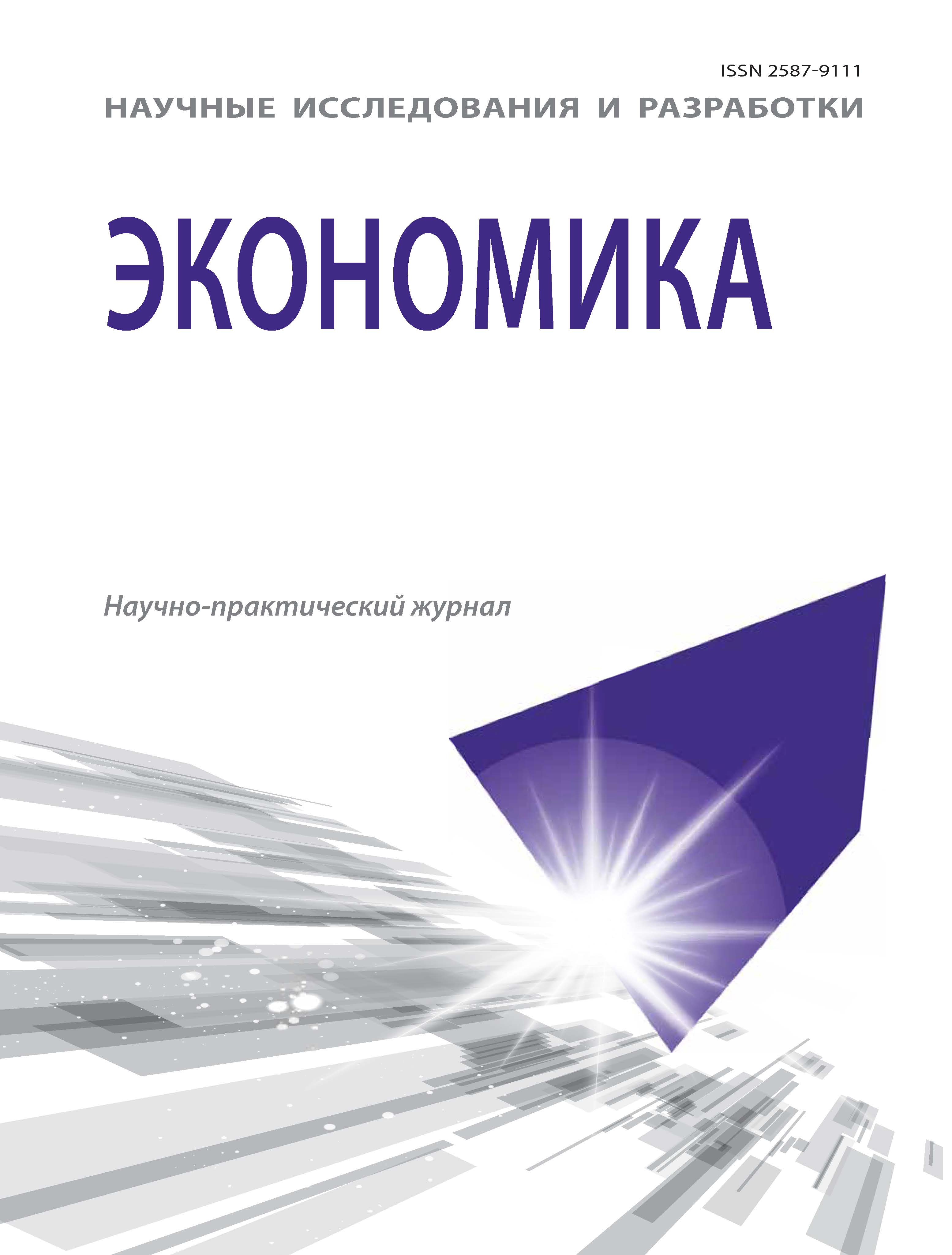Tula, Russian Federation
Tula, Tula, Russian Federation
Tula, Tula, Russian Federation
Estimates of coefficients of elasticity of the contribution of new ways to GDP per capita on the use of the new technologies estimated by capital-labor ratioof work by new fixed assets and on the use of the human capital estimated by a share of busy workers with the higher education during an economic crisis are received. The received results allow estimating the change of efficiency of use of new technologies and the human capital in the country and in regions of Central Federal District during the crisis. In the majority of regions, it corresponds with all-Russian tendencies. However, in several regions elasticity of the contribution of the human capital has not decreased. These are Kaluga, Kostroma, Yaroslavl regions. Elasticity of the contribution of the human capital to GRP provided with new technological ways the Voronezh, Ryazan, Tula regions has significantly increased. In the same regions elasticity of the contribution of new business assets has decreased less considerably, than on average on the Russian regions. Identification of the reasons of this phenomenon demands an additional research.
crisis, new technological way, GDP per capita, new fixed assets, the level of education, econometric models.
Цель работы — исследование влияния новых технологий и человеческого капитала на продуктивность новых — пятого и шестого технологических укладов в экономике регионов современной России в период современного экономического кризиса и оценка изменений, внесенных этим кризисом.
1. Basovskiy L.E., Basovskaya E.N. Otsenka vliyaniya novykh tekhnologiy i chelovecheskogo kapitala na formirovanie novykh ukladov v ekonomike Rossii [Evaluation of the impact of new technologies and human capital on the formation of new patterns in the Russian economy]. Ekonomika [Economics]. 2017, V. 5, I. 1, pp. 18-21.
2. Basovskiy L.E., Basovskaya E.N. Vklad postindustrial’nykh ukladov v dushevoy VVP Rossii, otsenivaemyy po metodologii MVF [The contribution of postindustrial ways in the per capita GDP of Russia, estimated according to the methodology of the IMF]. Ekonomika [Economics]. 2016, V. 4, I. 6, pp. 13-15.
3. Basovskiy L.E. Vklad novykh postindustrial’nykh ukladov v dushevoy VVP evropeyskikh regionov Rossii [Contribution of new postindustrial modes to the per capita GDP of European regions of Russia]. Ekonomika [Economics]. 2016, V. 4, I. 6, pp. 4-6.
4. Levkina N.N. Vklad novykh postindustrial’nykh ukladov v dushevoy VRP regionov Ural’skogo federal’nogo okruga Rossiyskoy Federatsii [Contribution of new postindustrial structures in the per capita GRP of the regions of the Urals Federal District of the Russian Federation]. Ekonomika [Economics]. 2016, V. 4, I. 6, pp. 63-67.
5. Levkina N.N. O rezul’tatakh analiza vklada novykh postindustrial’nykh ukladov v dushevoy VRP regionov Sibirskogo federal’nogo okruga Rossiyskoy Federatsii [On the results of analysis of the contribution of new postindustrial structures in the per capita GRP of the regions of the Siberian Federal District of the Russian Federation]. Ekonomika [Economics]. 2017, V. 5, I. 1, pp. 22-26.
6. Shishkin A.N. Vklad novykh postindustrial’nykh ukladov v dushevoy VVP regionov Dal’nevostochnogo federal’nogo okruga [Contribution of new postindustrial structures in the per capita GDP of the regions of the Far Eastern Federal District]. Ekonomika [Economics]. 2016, V. 4, I. 6, pp. 63-67.
7. Basovskiy L.E., Basovskaya E.N. Postindustrial’nye uklady v ekonomike Rossii [Post-industrial structures in the Russian economy]. Moscow, INFRA-M Publ., 2017. 159 p.






